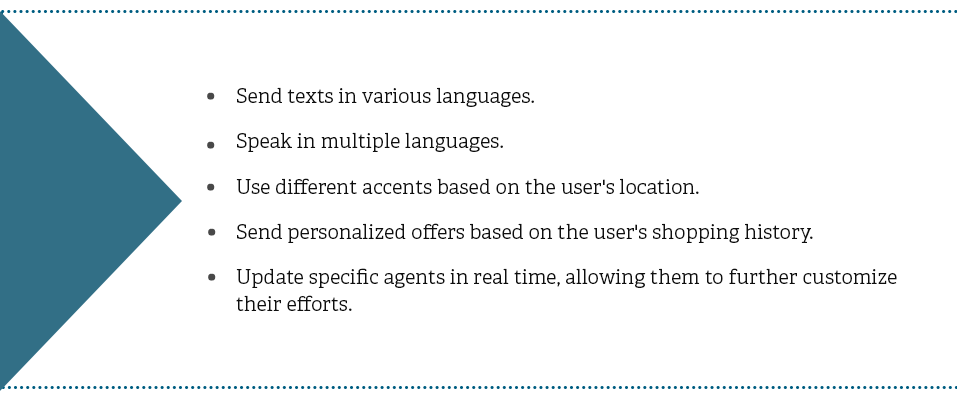[ad_1]
After reading about all the benefits of invoice factoring for small business, you have decided to give this financing option a shot.
You fit all the qualifications required by most factors. That is, you are a business-to-business (B2B) or a business-to-government (B2G) concern. You have been in business for a few years. And you have plenty of reliable clients. What could go wrong?
As it turns out, there is plenty that could go wrong. If you don’t know how invoice factoring can harm you, you might be careless enough to make some serious mistakes. What’s more, these errors could jeopardize the stability of your business.
Before you begin invoice factoring, therefore, learn about some of the worst blunders to avoid. We clue you in here so your business can enjoy a strong cash flow for years to come.
RELATED ARTICLE: MAKE THE MOST OF YOUR SMALL BUSINESS—EVEN ON A LIMITED BUDGET
1. Confusing Factoring and Financing
Though the terms are sometimes used interchangeably, factoring and financing are not identical financial products.
Invoice factoring is the sale of your unpaid invoices to a third party. This party usually assumes responsibility for obtaining payment from your clients. Meanwhile, invoice or accounts receivable financing is a loan that uses your invoices or accounts receivable as collateral.
With financing, you are still responsible for collecting your clients’ payments. Additionally, you must pay back the money you received from the lender. Both factoring and financing are financial products marketed to help businesses with cash flow troubles, but factoring is the option with less risk.
2. Misunderstanding Invoices
An invoice is a specific type of document. It details a list of products or services the business provided and informs customers of costs due.
Not all businesses use invoices to accept payments. For example, retail stores charge for products before customers obtain products.
Some businesses misunderstand or misidentify invoices and attempt to factor purchase orders or other types of payment-related documents. However, purchase orders consist of products or services that have not yet been delivered, and they will not factor. It is a waste of time for both you and your factor to attempt to factor anything besides invoices.
3. Skipping the Fine Print
Factoring is often described as a sale of your invoices. In fact, we just did that a paragraph ago. However, the truth is that the transaction is much more complex.
To be more specific, there are rules regarding the creditworthiness of your clients, deadlines for payments, and rates regarding the money you can take in advance. All these critical details will be present in the contract you sign with your factor. Therefore, you must read and understand all of these rules before you enter into the agreement.
Failure to comprehend your contract does not make it null. You will still be responsible for any fees and penalties you incur even if you didn’t acknowledge them.

4. Misdirecting Payments
There are few factoring arrangements where you are responsible for collecting your clients’ payments and forwarding them to your factor. That situation is rare. Instead, most factoring companies demand that payments be sent directly to them. In this way, they know for certain when payments arrived and that they arrived in full.
Therefore, as soon as you make an agreement with a factor, you must inform affected clients that they should make all of their future payments to the factor or to the factor’s bank. If you make this mistake it could cost you a few fines. What’s more, it will also damage your relationship with your factor. This could potentially hurt your future rates or even lead to a termination of the relationship.
5. Forgetting Time Commitments
Invoice factoring is one of the speediest ways to improve your cash flow. However, but strong arrangements don’t emerge immediately.
Because invoicing is a complex system, you will need to complete extensive amounts of paperwork before you benefit from factoring. While this isn’t necessarily a hard-dollar cost, it is an important cost that you should take into consideration.
6. Depending on Invoice Factoring Alone
Factoring alone isn’t going to save your business. Granted, it is an incredibly useful tool, especially for businesses that experience regular cash flow imbalances. However, it isn’t a cure-all when it comes to business financial woes.
If your business is struggling financially, factoring might be able to help. However, you should also consider acquiring more substantial forms of funding. For example, consider such solutions as SBA loans, bank loans, lines of credit, and others. Then, once your business becomes stronger, you can consider utilizing invoice factoring for fast cash to get ahead.
[ad_2]
Source link











 Back in 2010, Melinda Emerson launched her book How to Become Your Own Boss. Since that time, Emerson has energized small business owners everywhere with her workshops, webinars and SmallBizChat format on Twitter.
Back in 2010, Melinda Emerson launched her book How to Become Your Own Boss. Since that time, Emerson has energized small business owners everywhere with her workshops, webinars and SmallBizChat format on Twitter.






.png)

